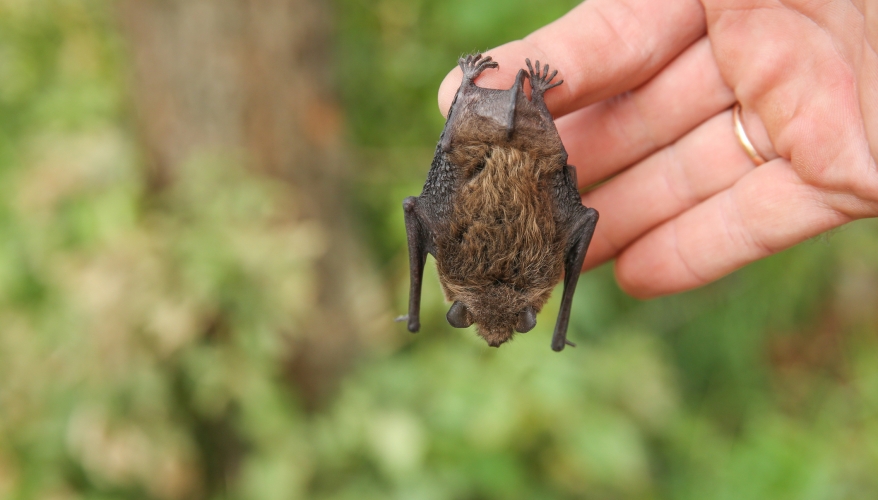They navigate using echolocation: they emit sounds and use the echoes of these sounds to discover where objects are around them. Echolocation also enables bats to find their prey, such as flies, moths and other insects. But European bats are in danger. Loss of roosts and feeding areas, and the increased use of pesticides along with prejudice and misunderstanding, combine to threaten bats’ survival.
This fascinating Youtube video shows how bats use echolocation to find water. Some bats also serve as important plant pollinators.
The Agreement on the Conservation of Populations of European Bats came into force in 1994 with the aim of protecting all of the 52 endangered bat species through legislation, education, conservation measures and international cooperation.
The Agreement was set up under the Convention on the Conservation of Migratory Species of Wild Animals, which recognises that endangered migratory species can be properly protected only if activities are carried out over the entire migratory range of the species.
International Bat Night takes place on 29-30 August. Conservation groups and NGOs usually hold exhibitions, presentations, bat walks and fundraisers. Check website for this year’s events - many of which are online. There’s often a chance to listen to bat sounds using ultrasound technology – a unique and exciting way to experience bat life.







